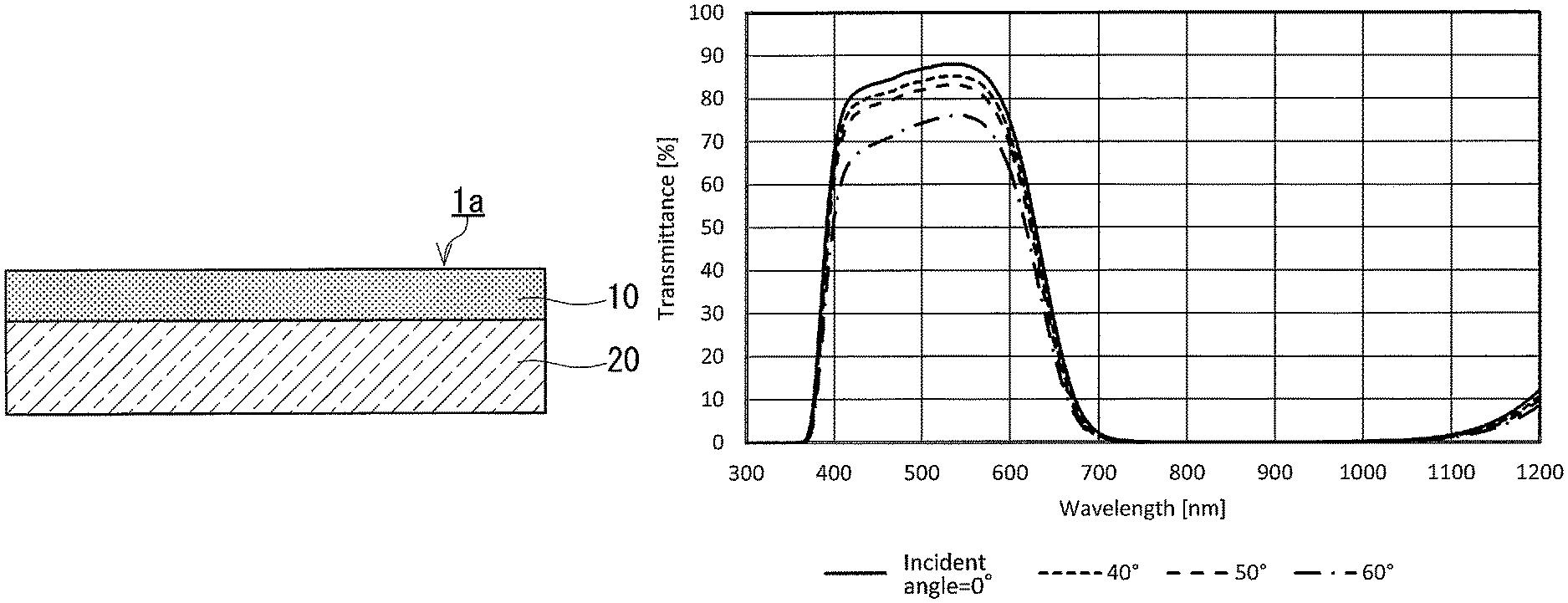Nippon Sheet Glass has patented an optical filter featuring a light-absorbing layer that meets specific transmittance criteria across various wavelengths. The filter achieves over 78% average transmittance from 450 nm to 600 nm and limits transmittance to 1% or less from 740 nm to 1080 nm. GlobalData’s report on Nippon Sheet Glass gives a 360-degree view of the company including its patenting strategy. Buy the report here.
According to GlobalData’s company profile on Nippon Sheet Glass, Vacuum insulated glazing was a key innovation area identified from patents. Nippon Sheet Glass's grant share as of July 2024 was 39%. Grant share is based on the ratio of number of grants to total number of patents.
Optical filter with specific light-absorbing layer properties

The granted patent US12072517B2 outlines a light-absorbing composition designed for use in optical filters. This composition includes a light absorber that consists of a phosphonic acid and a copper component, along with a curable resin that disperses the light absorber. The resulting light-absorbing layer, once cured, demonstrates specific spectral transmittance characteristics: it achieves an average transmittance of 78% or more in the 450 nm to 600 nm wavelength range, maintains a maximum transmittance of 1% or less in the 740 nm to 1080 nm range, and exhibits a decreasing transmittance from 600 nm to 750 nm. Additionally, the layer features a first infrared (IR) cut-off wavelength corresponding to a 50% transmittance between 620 nm and 680 nm.
The patent further details the composition's formulation and manufacturing process. It specifies that the phosphonic acid may include various structures, such as those with alkyl or phenyl groups, and may also involve halogen substitutions. The manufacturing method involves several steps, including mixing copper salts with solvents, heating to remove solvents, and incorporating a curable resin. The curing process for the light-absorbing composition film is also described, which includes exposure to specific temperature and humidity conditions. This comprehensive approach aims to enhance the performance and applicability of the light-absorbing layer in optical filter technologies.
To know more about GlobalData’s detailed insights on Nippon Sheet Glass, buy the report here.
Data Insights
From

The gold standard of business intelligence.
Blending expert knowledge with cutting-edge technology, GlobalData’s unrivalled proprietary data will enable you to decode what’s happening in your market. You can make better informed decisions and gain a future-proof advantage over your competitors.



